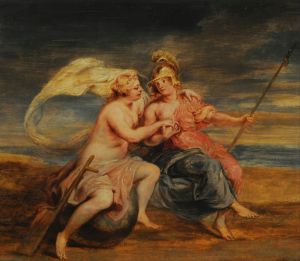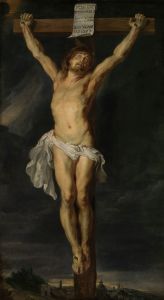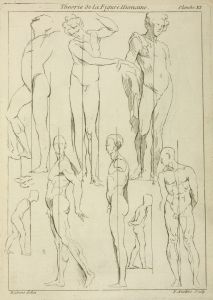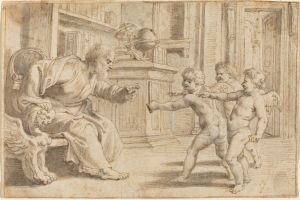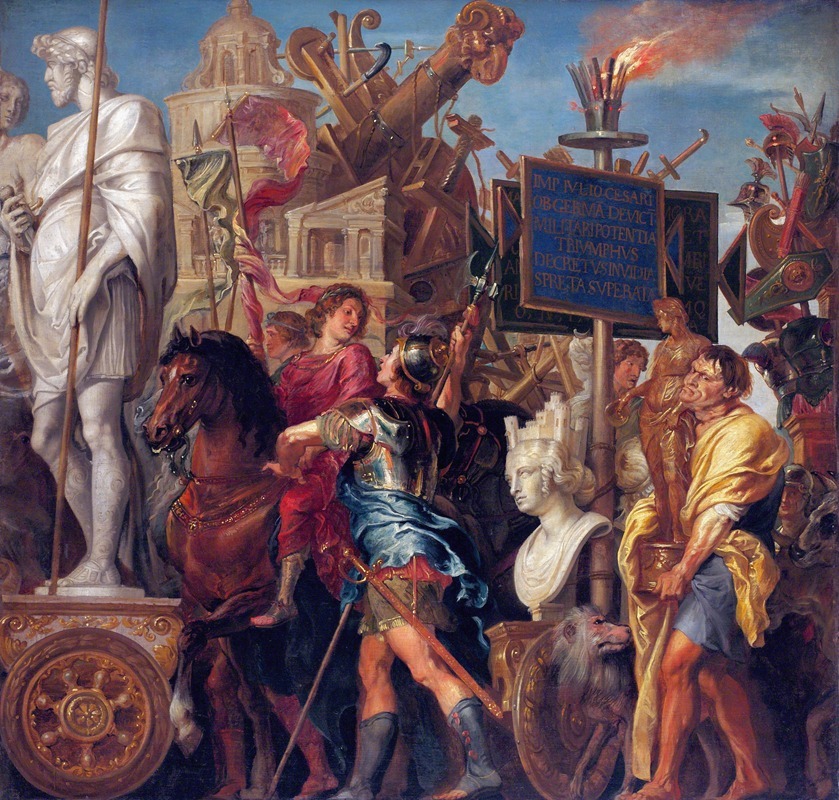
Caesar’s Triumph
A hand-painted replica of Peter Paul Rubens’s masterpiece Caesar’s Triumph, meticulously crafted by professional artists to capture the true essence of the original. Each piece is created with museum-quality canvas and rare mineral pigments, carefully painted by experienced artists with delicate brushstrokes and rich, layered colors to perfectly recreate the texture of the original artwork. Unlike machine-printed reproductions, this hand-painted version brings the painting to life, infused with the artist’s emotions and skill in every stroke. Whether for personal collection or home decoration, it instantly elevates the artistic atmosphere of any space.
"Caesar’s Triumph" is a painting attributed to the Flemish Baroque artist Peter Paul Rubens. Known for his dynamic compositions and vivid use of color, Rubens often drew inspiration from classical antiquity and historical themes. This work is believed to depict a Roman triumph, a ceremonial procession held to celebrate a military commander’s victory in ancient Rome. The painting reflects Rubens’ fascination with classical history and his ability to bring historical events to life through dramatic and detailed imagery.
The composition of "Caesar’s Triumph" showcases Rubens’ mastery of movement and emotion. The scene is filled with a sense of grandeur and celebration, as figures are arranged in a dynamic procession. Soldiers, captives, and symbolic elements such as laurel wreaths and trophies are often associated with triumphal imagery, though specific details of this painting may vary depending on the version or interpretation. Rubens’ use of light and shadow enhances the drama of the scene, drawing the viewer’s eye to key elements of the composition.
Rubens was deeply influenced by his studies in Italy, where he encountered the works of Renaissance masters and classical antiquities. His exposure to Roman triumphal arches, sculptures, and reliefs likely informed his depiction of such themes. While "Caesar’s Triumph" reflects these influences, it also bears Rubens’ distinctive style, characterized by energetic figures, rich textures, and a sense of theatricality.
The exact date of the painting’s creation is not definitively known, but it is generally placed within Rubens’ mature period, when he was producing some of his most ambitious and celebrated works. As with many of Rubens’ paintings, "Caesar’s Triumph" demonstrates his ability to blend historical accuracy with artistic imagination, creating a work that is both educational and visually compelling.
The painting is part of Rubens’ broader exploration of Roman history and mythology, themes that appear frequently in his oeuvre. However, specific details about the commission, patronage, or original context of "Caesar’s Triumph" remain unclear. The work is often studied in the context of Rubens’ interest in classical antiquity and his role in the Baroque movement.
Further research and documentation may provide additional insights into the painting’s history and significance. For now, "Caesar’s Triumph" stands as a testament to Rubens’ skill as a painter and his enduring fascination with the grandeur of the ancient world.







